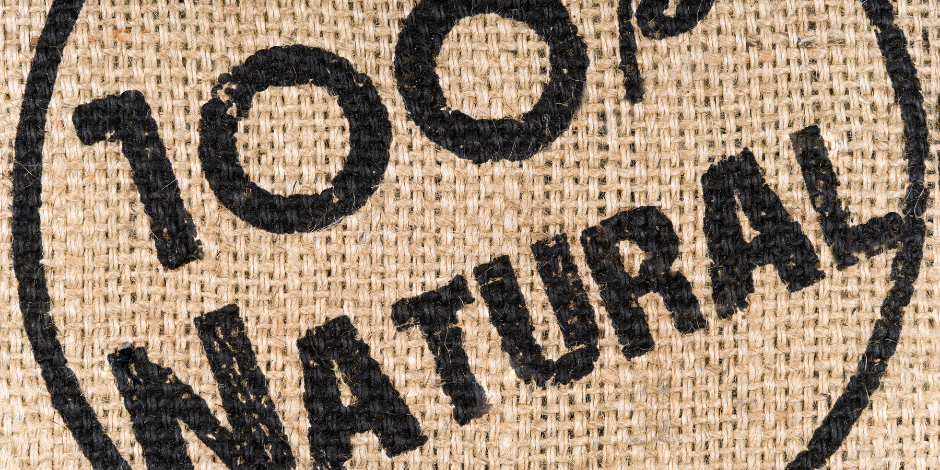Cultivation
TrueJute uses Jute fabric in the production of Shopping bags, Promotional bags, Fashion bags, pouches and other innovative textile products.
Also known as Burlap, Hessian or Gunny, Jute is regarded by many purists to be the most sustainable material in the world. Used since the Indus Valley era (5000 bc), Jute has had a rich history of interaction with humans. Traditionally used mostly in agriculture packaging, Jute has had a reincarnation in the last few years due to the increased demand and need for eco-friendly & sustainable products.
TrueJute uses Jute fabric in the production of Shopping bags, Promotional bags, Fashion bags, pouches and other innovative textile products. Jute fabric is a type of textile fiber made from the jute plant.
While jute isn’t very popular in the Western world, it is one of the primary textile fibers of India and neighbouring countries. Jute plants grow to be over 10 feet high, and the fibers derived from these plants are harvested in a single long string. Therefore, jute fibers are among the longest natural textile fibers in the world.
History
Over the past 25 years the Indian family behind TrueJute has been trading in and manufacturing with Jute.
Jute has been grown for textile purposes on the Indian subcontinent for at least 5,000 years.
Even though cotton production was also popular in India, jute played a more central role in the development of Indian society for the millennia preceding the effects of European colonialism. With the advent of British involvement in India, jute became a cash crop that helped fuel British colonial efforts.
While jute had also been grown in Scotland for several centuries, jute production in Bengal and other parts of India quickly overtook Scottish production. Due to the immense profits being made by jute barons in India, many Scottish jute producers emigrated to this British colony to partake in the jute boom.
Jute production remained a significant sector of the economy of the British Empire until the late 19th century, and after Indian independence, jute remained a major export of this region. With the advent of synthetic fibers, however, jute production slackened in the latter half of the 20th century, and it wasn’t until the early 21st century that production of this plant fiber again became a major economic factor in Bengal, Bangladesh, and other areas of the Indian subcontinent.
How Jute is Made?
TrueJute Sources it’s Jute directly from the farmer who benefit from our fair compensation scheme
The production of jute fabric has remained largely the same for centuries. In most cases, mature jute stalks are harvested by hand, and they are then defoliated. Jute fibers can be derived from both the inner stem and the outer skin of the stalk.
A process called retting is used to remove the non-fibrous material from the stem and skin of the jute stalk. Retting softens the stalks and makes it possible to separate the fibrous material from the unusable material by hand.
After the jute stalk has been retted, it is possible to separate the long, silky fibers and comb them into long strings. These combed fibers can then be spun into yarn. While it’s technically possible to make jute yarn with automated machines, most jute-producing communities still rely on analogue spinning wheels for this process.
Once jute fiber has been spun into yarn, it may be subjected to a variety of processes to dye it, provide it with water resistance, or make it fire-resistant. Then, the finished reels of jute fiber are shipped out to textile production facilities to be woven into apparel or industrial textiles.In the case of jute apparel, a variety of softening techniques are used to make the finished apparel products more comfortable. Some manufacturers may agitate the jute yarn to reduce its roughness. Jute fiber used for industrial purposes can generally be left in its original condition without using any softening techniques
Uses
TrueJute makes 98% of its jute bags from premium 14×15 Jute. Jute has many other applications though. Contact us for possibilities
Due to its rough texture, jute is not commonly used for apparel production. Recent advancements in jute processing, however, have made it possible to use this traditionally uncomfortable textile for certain types of garments. While it’s still uncommon to find jute used in undergarments or apparel that makes direct contact with the skin, jute sweaters and light jackets are rapidly gaining popularity worldwide.
The traditional uses of jute, however, remain the most popular applications of this fiber. For instance, jute is synonymous with burlap, which has been used for centuries as an industrial material in the Western world. Burlap sacks have long been used to transport vegetables, fruits, and other goods, and burlap has also been used as an insulative material.
Jute also continues to be used in agricultural applications. It’s common for jute fabric to return to its point of origin as a protective measure against erosion in jute and rice fields. This fabric is also used to make the protective wrappings around sapling roots when these juvenile trees are transplanted. Since jute is readily biodegradable, saplings can push their roots right through jute fabric bags without encountering any significant resistance.
Basic fibers made from jute are used in a variety of flooring applications. The fibrous backing of linoleum tile is generally made from jute, and this fiber may also be used to make rugs, carpeting, or other types of fibrous flooring. Due to its roughness and durability, jute is popular in general homeware applications. For instance, this fabric is popular for upholstery (especially for outdoor furniture), and it is also used to make curtains and canvas. Intriguingly, jute is a major constituent of ghillie suits, which are advanced forms of camouflage that allow military combatants to blend into grassy or otherwise foliage-rich environments
References:
www.sewport.com

